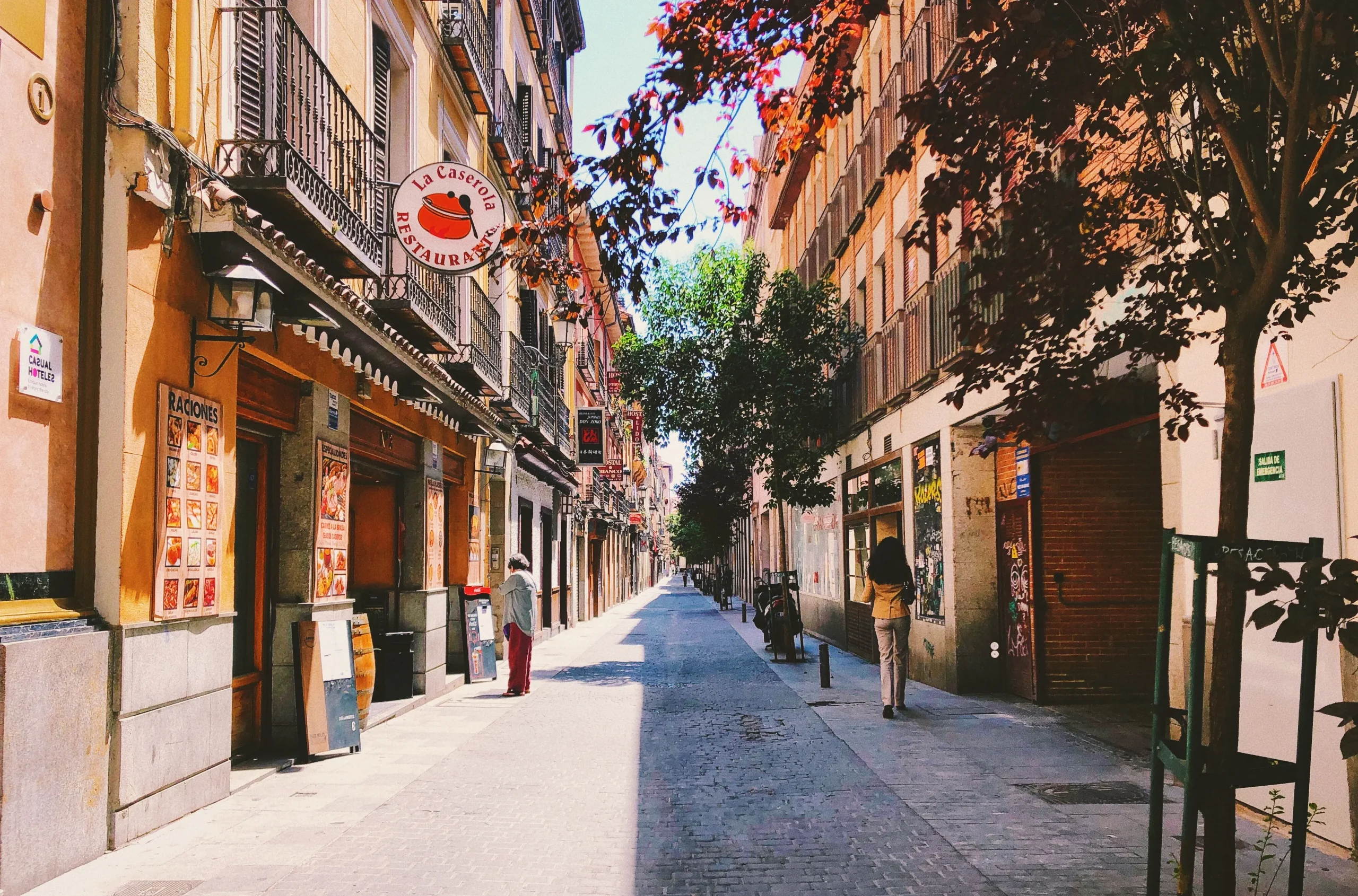The Rise of Tourist Apartments in Spain: A Look at the Numbers
Spain, a country renowned for its sunshine, beaches, and rich culture, has long been a popular tourist destination. In recent years, there has been a surge in the popularity of tourist apartments, which has had a significant impact on the housing market and the tourism industry.
Touristic apartments have become a fundamental part of the Spanish tourist landscape, offering a unique alternative for travelers seeking a more personalized and flexible experience during their stay. But how many tourist apartments are there really in Spain and how are they distributed in different regions and municipalities? What is their impact on the real estate market and the local economy?
This blog post delves into the current state of tourist apartments in Spain, drawing insights from Dataestur, a visualization tool created by SEGITTUR, the Spanish tourism agency.
Unveiling the Landscape of Tourist Apartments in Spain
In the last year, the number of tourist apartments in Spain has experienced significant growth, surpassing 340,000 units and reaching an all-time high. This increase represents a 9% growth compared to the previous year. However, despite this growth, tourist apartments only represent approximately 1.28% of the total Spanish real estate market. Interestingly, the distribution of these dwellings is uneven across different regions.
Regional Variations: A Spotlight on Tourist Hubs
The Canary Islands, Catalonia, and the Balearic Islands emerge as the frontrunners, housing the highest number of tourist dwellings within their borders. This trend aligns with their status as popular tourist destinations, attracting a significant influx of visitors throughout the year.
However, Madrid takes the lead when it comes to the sheer number of tourist dwellings. This can be attributed to the city’s status as the capital of Spain and a major cultural hub, drawing tourists seeking historical landmarks, vibrant nightlife, and renowned museums.
Beyond Numbers: Tourist Dwellings per Tourist
Madrid leads the ranking as the city with the most available tourist apartments in Spain, closely followed by Barcelona. However, despite having a lower absolute number of tourist homes, Barcelona has a higher concentration of these per square kilometer compared to Madrid. In addition, the supply of tourist homes in Madrid exceeds that of entire autonomous communities such as Castilla y León, the Region of Murcia and the Principality of Asturias.
Trends in Tourist Housing: Which regions are leading the growth?
The autonomous communities that have experienced the greatest growth in the number of touristic aparments include Asturias, Región de Murcia, Galicia, Comunitat Valenciana, Andalucía and Castilla-La Mancha, all with increases of over 10%. On the other hand, the Balearic Islands was the only region where a decrease in the number of tourist homes was recorded.
At the provincial level, a significant increase was observed in almost half of the Spanish provinces, with increases of over 10%. However, there are also some provinces where the number of touristic apartments has decreased, as is the case in some provinces of the Basque Country.
The Impact of Tourist Apartments in Spain: A Multifaceted Perspective
The rise of tourist apartments in Spain has sparked a wave of debate, with both positive and negative implications.
On the positive side:
- Economic Boost: Tourist apartments contribute to the local economy by generating revenue for property owners and supporting businesses that cater to tourists, such as restaurants, shops, and transportation services.
- Increased Accommodation Options: They provide diverse accommodation options for tourists, catering to different budgets and preferences, potentially easing the strain on traditional hotels, especially during peak seasons.
- Enhanced Tourist Experience: Tourist apartments can offer a more immersive experience for tourists, allowing them to feel more like locals and experience the local culture firsthand.
However, concerns also surround the growth of tourist apartments:
- Impact on Housing Market: The surge in tourist apartments can contribute to a decrease in the availability of long-term rentals for residents, potentially driving up housing prices and making it more challenging for locals to find affordable housing.
- Neighborhood Disruption: In some areas, a high concentration of tourist apartments can disrupt the character of neighborhoods, leading to noise complaints, increased traffic, and a transient population, potentially affecting the quality of life for long-term residents.
- Regulation Challenges: Effectively regulating the tourist apartment sector remains a challenge, with concerns regarding illegal rentals, safety standards, and taxation.
A Case Study: Catalonia and the Top on Tourist Apartments
Catalonia, a region renowned for its cultural and natural attractions, presents a unique case regarding tourist apartments. The regional government, the Generalitat de Catalunya, recently implemented a cap on the number of tourist apartment licenses in municipalities deemed “tensioned” due to housing availability concerns.
However, this decision has been challenged by the National Commission of Markets and Competition (CNMC). The CNMC argues that the Generalitat has not adequately justified the cap and that it lacks proportionality, failing to consider the specific circumstances of each municipality. They propose an alternative solution: a tax on tourist stays, with the revenue used to support initiatives that increase access to long-term housing for residents.
Catalonia has a total of 95,688 dwellings for tourist use, which represents 2.56% of the total housing stock in the region. In Barcelona, where licenses for new tourist housing have been frozen since 2014, the price of housing has continued to rise.
This case study highlights the complexities surrounding the regulation of tourist apartments in Spain, as different stakeholders grapple with balancing economic benefits with the well-being of residents and the preservation of local communities.
Looking Ahead: Balancing Growth and Sustainability
The future of tourist apartments in Spain hinges on finding a balance between fostering economic benefits and mitigating potential negative consequences. This might involve:
- Implementing stricter regulations: Establishing clear guidelines for licensing, safety standards, and taxation can ensure the responsible operation of tourist apartments.
- Promoting responsible renting: Encouraging property owners to prioritize long-term rentals for residents while allowing responsible short-term rentals for tourists can help address housing concerns.
- Encouraging community engagement: Fostering open communication and collaboration between residents, property owners, and local authorities can lead to solutions that benefit all stakeholders.
In conclusion, tourist apartments in Spain present a complex situation with both advantages and disadvantages. By acknowledging the various perspectives, implementing effective regulations, and promoting responsible practices, Spain can strive towards a sustainable future for its tourist apartment sector, ensuring economic benefits while safeguarding the well-being of residents and preserving the character of local communities.


